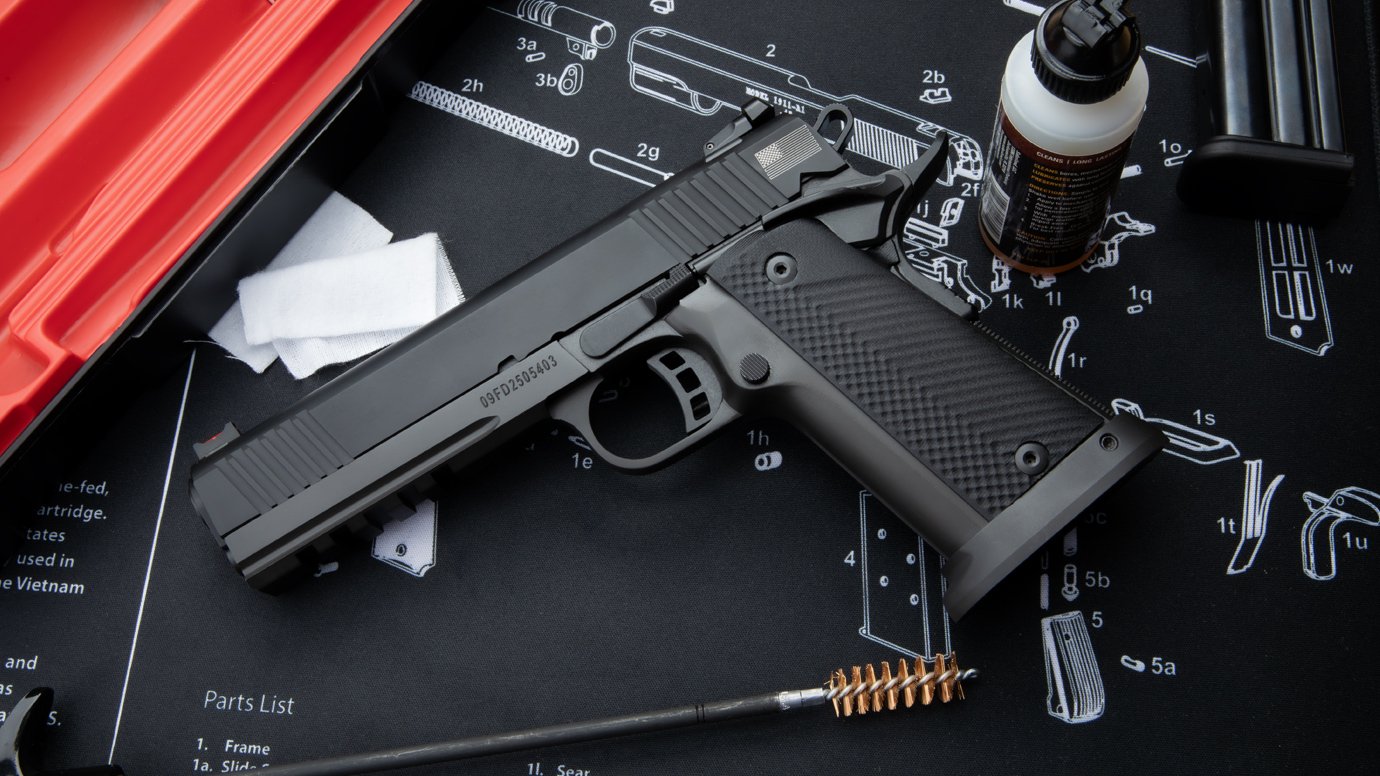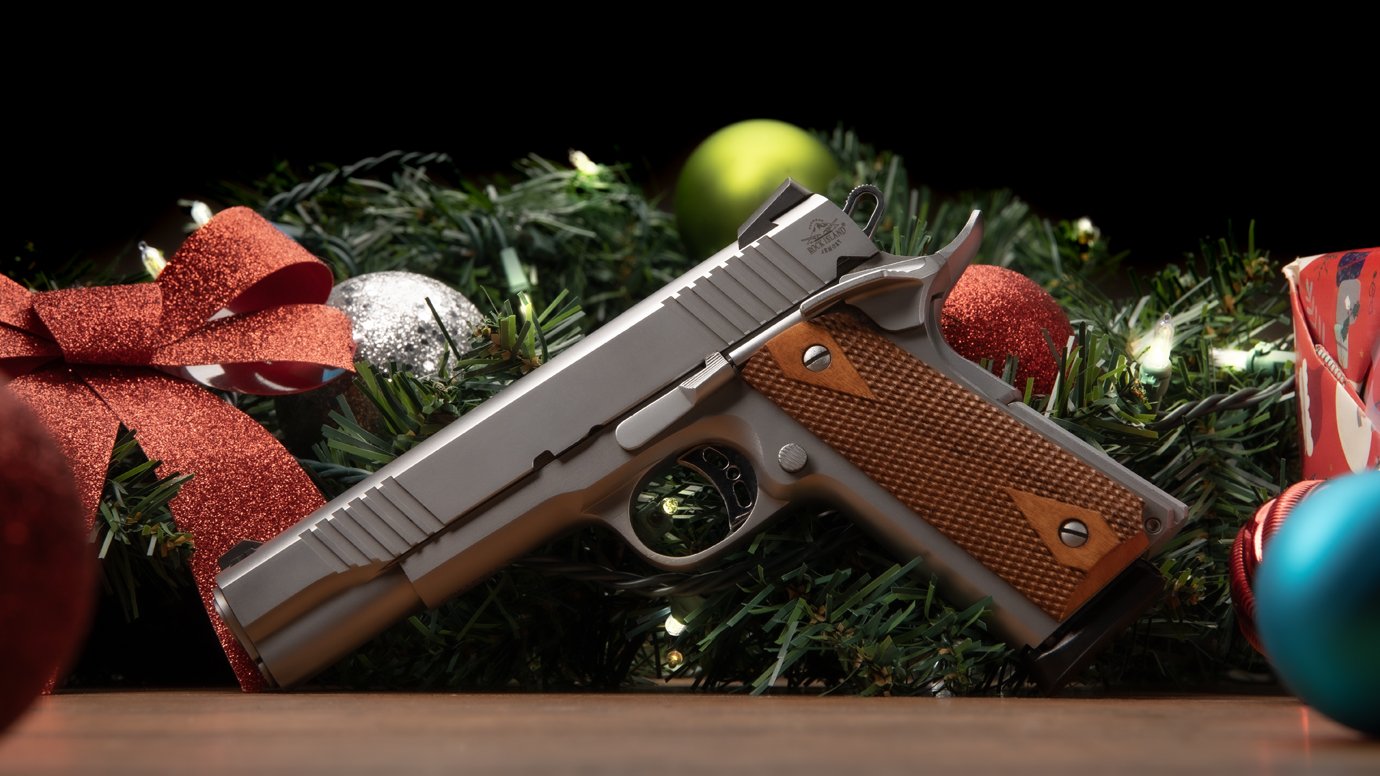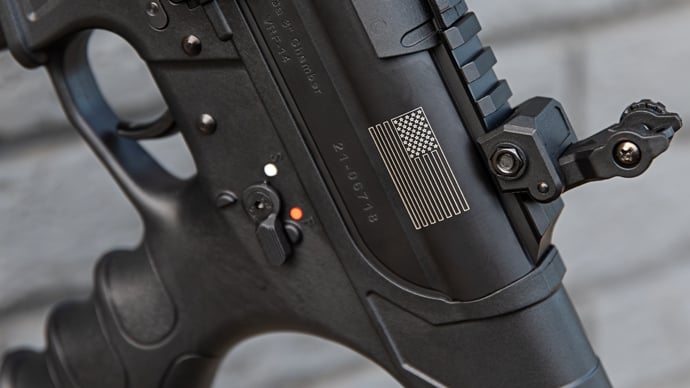What to Look for in Your Ideal 1911: A Complete Guide.
Posted by Team Armscor on May 19, 2023 7 Minute Read
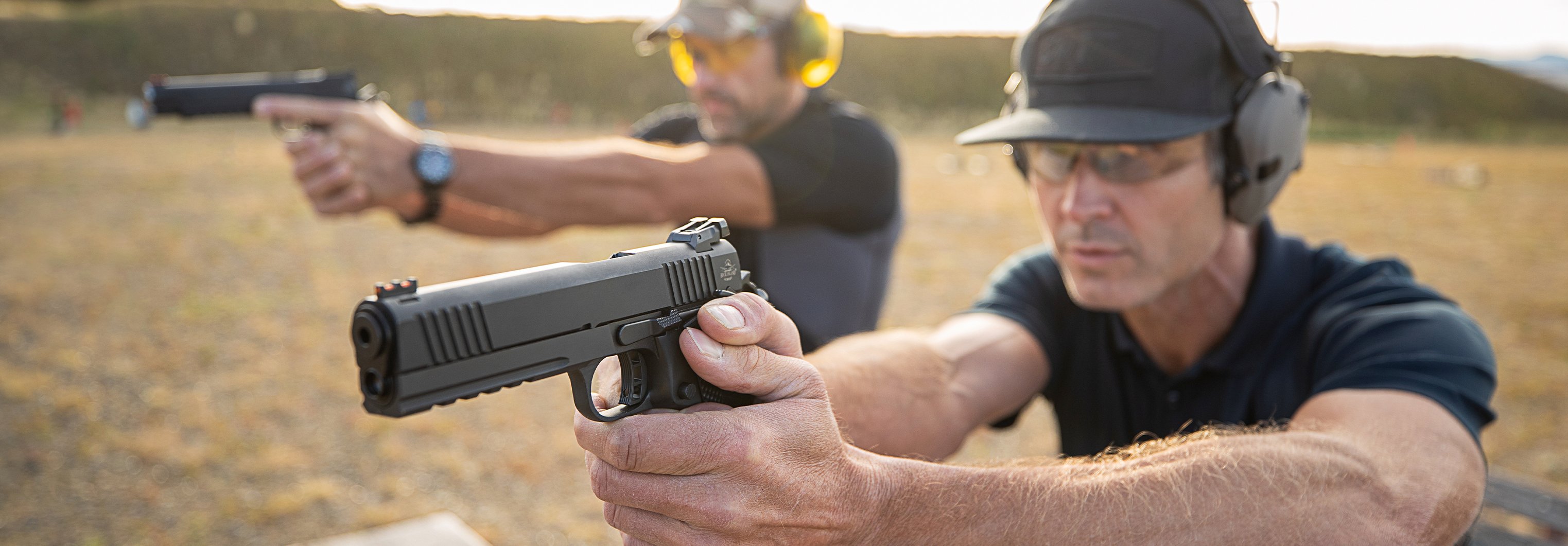
On the surface, you might think the 1911 is your classic, universal pistol. While it’s certainly popular, there’s much more to it than what meets the eye. With a history stretching as far back as World War 1, the 1911 pistol has been as much of an American staple as apple pie and it’s just as rich.
Today, there are multiple spins on this classic firearm, and, for the initiated, it’s almost developed a special language all its own. In this blog, we’re spotlighting the 1911 pistol, its origins and what you should look for when picking one out for yourself.
A Brief History of the 1911 Pistol.

Before the iconic pistol came to be, six manufacturers (Colt, Bergmann, DWM, Savage Arms Company, Knoble, Webley and White-Merrill) competed to create the next great firearm. They each submitted competing designs, but Colt’s was picked due to its reliability: during a test, it fired 6-thousand rounds from a single pistol, and it never jammed once.
Thus, the Colt 1911 was born, and it was formally adopted by the US Army on March 29, 1911. By the beginning of WW1 (1914), more than 68,000 pistols were in service across the Army, Navy and Marine Corps. Thanks to its success, the pistol hardly saw any changes after the war. Slight alterations were made to its exterior, making it easier to shoot for those with smaller hands, but, at its core, it remained the same.
When WW2 rolled around, by then, 1.9 million pistols were produced by dozens of manufacturers. Eventually, the original wooden grip was replaced with plastic to reduce cost. For the first 30 years, 1911’s makeup remained largely the same. But, as wars went on and combat evolved, talks of replacing the Colt 1911 as the standard US military sidearm arose. Many felt the 9mm was the next step, and, eventually, the 9mm Beretta M9 took the place of the Colt 1911.
Despite the 1911 being largely retired from military use, however, it’s very common in the US today, commonly used by the LAPD, SWAT teams and the FBI.
The 1911 Pistol Today: Sizes and Configurations.
Over a century later, the 1911 firearm is still one of the most popular pistols on the market for concealed carry and recreational shooting. It’s also seen very little changes in the way it operates. Any alterations that have come to the 1911 handgun have been primarily cosmetic: size, weight, handling, finish, comfortability and ammo capacity, but, mechanically, it’s the same beast.
There are currently three frame sizes for most 1911 pistols: full-size, compact and subcompact, but they are more commonly known as:
- Government Frame – This is what’s considered the 1911’s “full-size” pistol (FS). Its barrel length is 5.03” (127 mm) bringing it to an overall length of 8.25”. Height is around 5.5”, and its width is about an inch at the slide with 1.2” at the grip.
- Commander Model – “Commander” is derived from the Colt Commander of 1950. It’s a popular compact, mid-sized frame (MS). Its barrel length is 4.25” (108 mm) giving it an overall length of 7.47”, with width and height matching that of the FS.
- Officer Model – Officer is the subcompact 1911 (CS). The standard barrel length is 3.5” (89 mm), with an overall length of 6.72”. It has a height of 4.8” and a shorter grip than the other models.
A good, general rule of thumb is that any magazine that doesn’t explicitly state a specific model can be assumed to be full-sized.
Here are some examples of 1911 Government magazines in five chamberings: .38 super 9rd, .45 ACP 10rd, .40rd, .40 S&W 8rd, 9mm 9rd and 10mm 8rd. And here are examples of 1911 Officer magazines in five chamberings: .38 super 8rd, .45 ACP 7rd, .40 S&W 7rd, 9mm 8rd and 10mm 7rd.
1911 Finishes and Coatings
The 1911 pistol comes in a variety of finishes and coatings from blued to stainless steel, but what are the benefits beyond slick colors? Here’s a quick breakdown:
Classic Coatings:
- Blued – Bluing, also known as a “Black Oxide” finishing, protects firearms from corrosion while reducing glare. An example of this would be Armscor’s AL22 Blued 9rd 22LR. See how the blue finish is applied in this video from Midwest USA.
- Parkerized – Phosphate coatings, more commonly known as “Parkerizing,” is a conversion coating done on steel to protect the firearm from corrosion. It also contains anti-galling and self-lubricating properties, which gives continuous protection to gun parts susceptible to wear. A great example of a parkerized firearm is the Armscor TAC series of firearms. See the Parkerizing process in action from Brownells, Inc.
Shiny Coatings:
- Stainless Steel – Stainless steel firearms possess a strong resistance to heat erosion and is nearly rust-proof, even in somewhat humid environments. A perfect example of this type of finish is Armscor’s EFS Stainless Steel 1911 FS 8rd 45 ACP.
- Chrome – Having a chrome-plated gun comes with several benefits. One of the biggest upsides to a chromed gun is its strong resistance to corrosion. It provides an extra layer of protection if your firearm were to not be properly stored. A good example of a chrome-plated gun is Armscor’s Meriva 3-1 Chrome Shotgun 12GA 5rd.
Modern Coatings:
- Cerakote – The backbone of our new Armor Series, what separates this finish from the pack is that specific models possess a permanent, diamond-like carbon coating. It’s designed to drastically increase reliability, durability, and performance. PBN Coatings shows you how this special coating is applied in this video.
Your 1911 Pistol, Your Way.
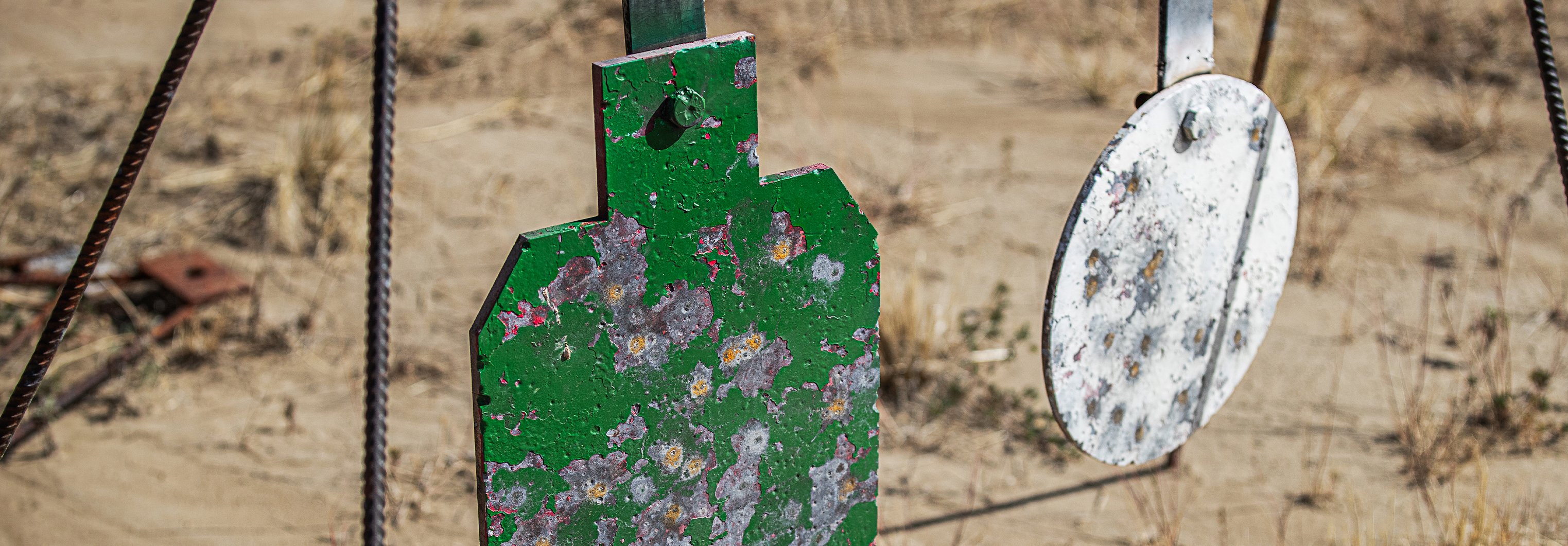
It’s time to make your mark. With such a vast inventory to choose from, we’re hoping this in-depth look is enough to instill confidence in your choice of 1911 pistols. Thanks to its rich history, multiple sizes and configurations, plus its wide variety of durable coatings, it’s no wonder the 1911 pistol has withstood – and continues to stand, the test of time. But now, it’s time to make your mark and pick the 1911 pistol that best suits you and your needs.

